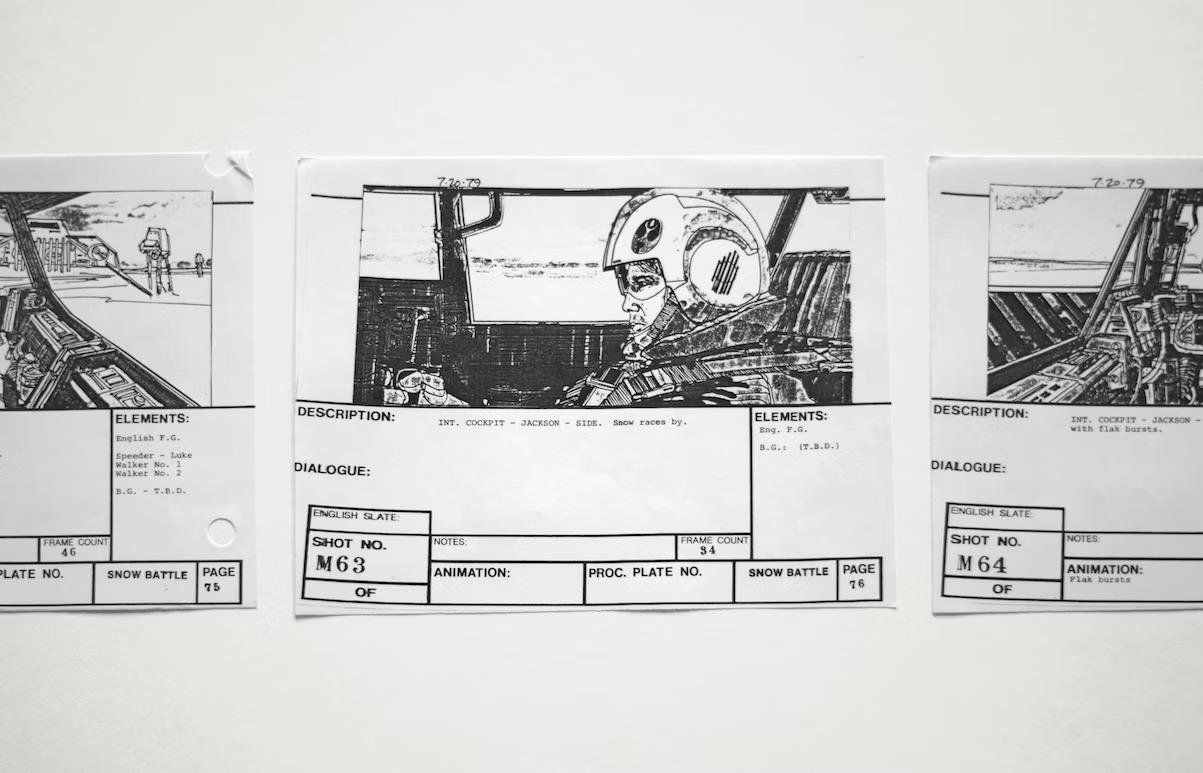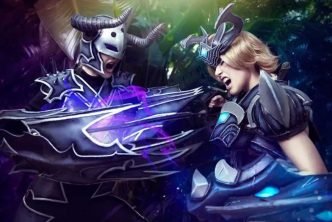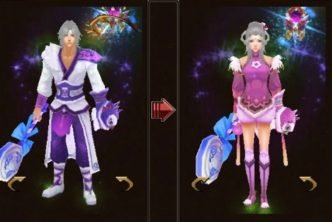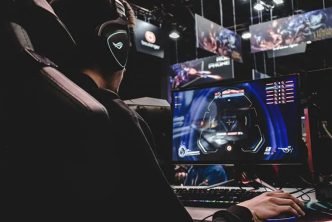The art of storytelling is essential to any filmmaker, and one of the most important tools to tell a story visually is storyboarding. Whether you’re a seasoned filmmaker or an aspiring one, understanding the art of storyboarding and making use of a storyboard maker like this one https://create.vista.com/create/storyboards/ can take you a long way in the world of film.
Storyboarding is an essential part of the filmmaking process as it helps to visualize the story and plan out the shots and camera angles long before shooting begins. In this guide, we will discuss the different elements involved in storyboarding and how aspiring filmmakers can master the art of storyboarding.
Table of Contents
What Is Storyboarding?
Storyboarding is a technique that is widely used in the world of media, including film, television, and animation. It consists of pre-visualizing a narrative, story, or concept through a series of sequential images or illustrations.
These images are designed to convey the flow of a story and help directors, producers, and animators to visualize the final product. Storyboard art may include character designs, backgrounds, camera angles, and action sequences, among other things.
Interestingly, the use of storytelling techniques in visual media has much in common with the world of comic books. Both mediums rely heavily on visual narrative story techniques and provide a rich and immersive storytelling experience. In short, storyboarding is an essential part of visual media production and plays a vital role in crafting compelling stories for screens both large and small.
The Importance of Storyboards
A storyboard is an essential tool for filmmakers as it helps them to plan shots, camera angles, and the movement of the camera in advance. This will help to save time and money once the actual shooting of the film begins.
Storyboarding can be used to experiment with different angles and camera techniques to visualize the story creatively. It also helps to communicate the filmmaker’s vision with the crew, actors, and other stakeholders involved in the production of the film.

The Elements of Storyboarding
The key elements involved in making a storyboard include the composition of the shot, the camera angle, the camera movement, and the dialogue. A good storyboard should include all these elements to effectively convey the story in a visual manner.
- The composition of the shot will determine how the frames are grouped, the proportion of the subjects that are included in the frame, as well as the placement of the subjects within the frame.
- The camera angle determines the orientation of the camera in relation to the subject and the background.
- The term “camera movement” refers to any motion that the camera makes while the shot is being taken, such as zooming or tracking.
- A good storyboard should show where the actors talk, as well as any notable dialogue or sound effects that are going to be used in the shot. This is because dialogue is another crucial component of the film.
How to Master the Art of Storyboarding
The best way to master the art of storyboarding is to practice regularly. Start by sketching out your ideas, and refining them as you go. Pay attention to the composition of the shot, the camera angle, and the camera movement to convey your vision of the story.
It’s also important to be open to feedback from others, as this will help you improve your storyboarding skills. Finally, it’s essential to master the technical skills required for storyboarding, such as drawing, perspective, and visual storytelling.
Conclusion
Storyboarding is an essential part of the filmmaking process and an essential tool for any aspiring filmmaker. Whether you’re creating a short film, a feature film, or a video for your YouTube channel, understanding the art of storyboarding can take your storytelling skills to the next level.
By incorporating the elements of storyboarding and regularly practicing, filmmakers can effectively communicate their creative ideas to their crew, actors, and other stakeholders involved in the production. This will help them bring their vision to life on screen and improve the quality of the story and the final shots. Don’t be afraid to try out this technique and see how it works for you!





